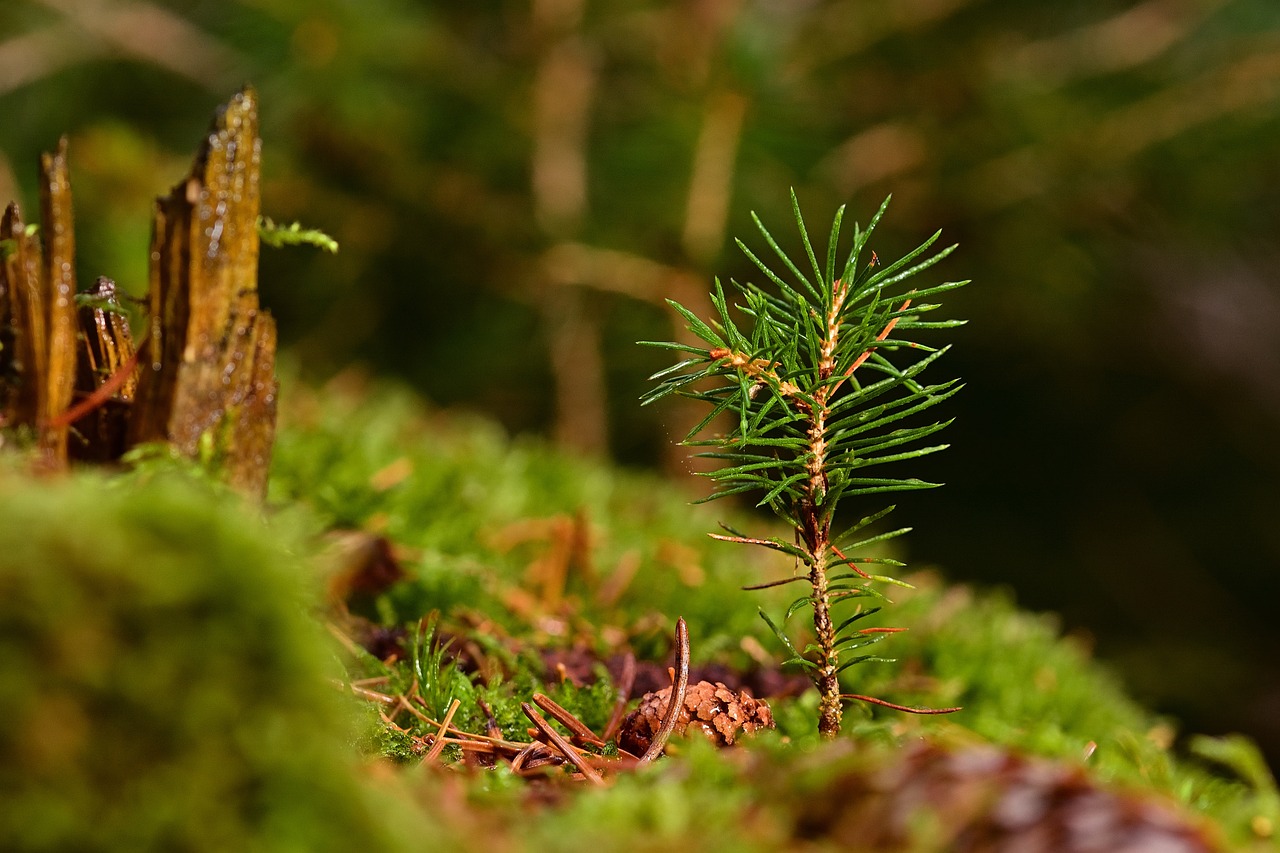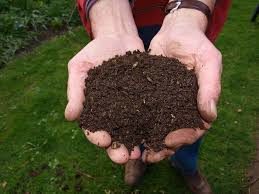Carbon in the Diet-Do we really need fulvic acids, activated charcoal, or C60?
Carbon in the diet is a rare subject. I am including it here, because in episode 13, I had a lot to say about carbon as plant food. In that episode, I emphasized the importance of carbon in plant nutrition. I said carbon was essential for plant growth because carbon makes up 45-50% of a … Read more






